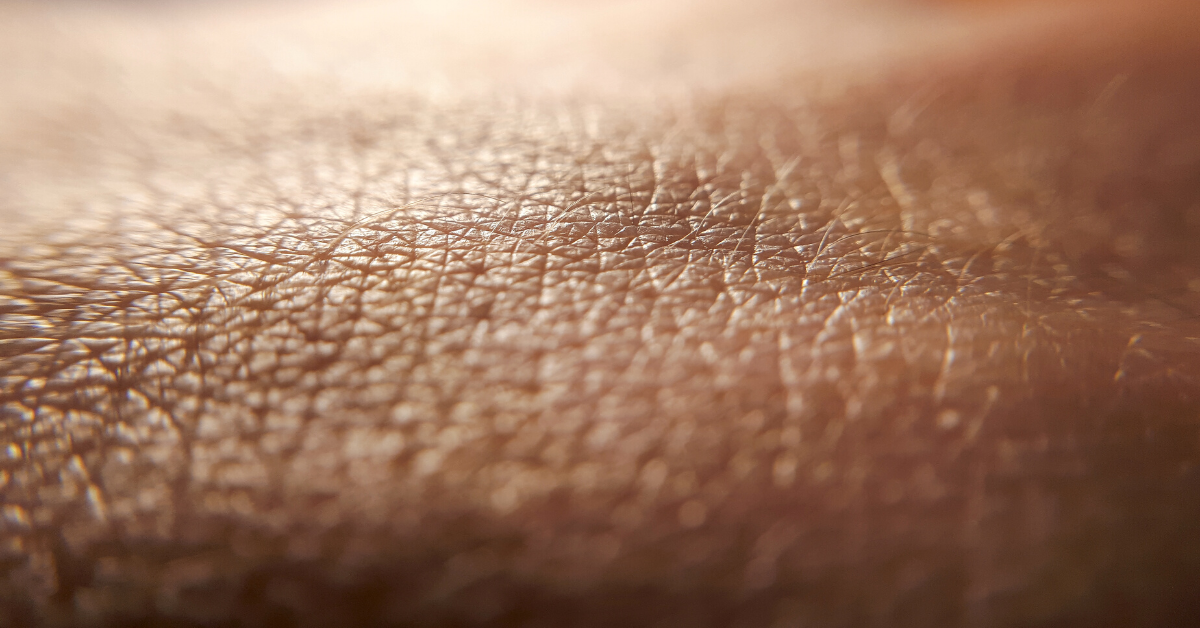
FAQ: Can diabetes affect my skin? The answer is yes. Here are 5 common diabetes-related skin conditions and how to treat or avoid them.
The primary function of the skin is to act as a barrier to mechanical trauma and invading bacteria, making it crucial to protect and take good care of.
Diabetes, particularly when blood sugar levels are consistently elevated, is related to a number of skin conditions. A recent estimate is that 79% of people with diabetes will have at least one skin condition at some point vs 25% of the general population. Skin conditions in people with diabetes are often neglected and frequently underdiagnosed. Here are some of the first signs and general warning signs to watch for in the most common diabetes-related skin complications.
5 Common Diabetes-Related Skin Conditions
Dry Itchy Skin
The most common skin problem is dry, itchy skin. This can be related to poor circulation and/or chronically elevated blood glucose. Although dry skin is not serious, if your skin breaks open, it provides a gateway for bacteria to enter the body which can lead to an infection. Treatment includes keeping the skin clean with mild soap and applying skin cream after bathing. And of course, keeping your blood sugar within target range (70-180 mg/dl) most of the time.
Fungal Skin Infections
Fungal infections are also more common in people with diabetes who have chronically high glucose levels. The yeast-like fungus can create itchy rashes surrounded by scales and tiny blisters. Problem areas are generally where skin folds occur such as under the breasts, between fingers and toes, in the armpits and groin, and at the corners of the mouth. Common fungal infections include ringworm, jock itch, athlete's foot and vaginal infections. If you think you have a yeast or fungal infection, see a dermatologist for treatment options.
Acanthosis Nigricans
Acanthosis Nigricans is a darkening appearance and a velvety thickening of the skin folds generally around the neck, armpits and groin. It mostly occurs in people who are obese and have insulin resistance leading to high levels of insulin in the circulation that is not being effectively used. Treatment includes weight loss and topical or systemic retinoids.
Diabetic Dermopathy
Diabetic Dermopathy, also known as shin spots, can look like light brown or red-brown scaly patches, especially on the lower legs. A recent study in Sweden suggested an incidence of 39% in people with type 2 diabetes. More recently, a study in people with well-managed blood sugar demonstrated a much lower incidence of 0.2% - once again suggesting the need to manage glucose to prevent complications. Dermopathy does not have clinical symptoms, does not lead to morbidity, and at this time, does not have a treatment. The lesions generally disappear within 1-2 years, leaving marks of low coloration of the skin.
Bacterial Skin Infections
Bacterial infections can be a serious complication of diabetes. They can occur in the feet when lack of sensation (neuropathy) is present and a small cut develops. If bacteria invade the area, it will thrive in a sugar-rich environment. An open sore may go unnoticed due to the lack of sensation. Treatments are available and if a foot ulcer or sore that does not improve is present, a podiatrist should be seen immediately. Some common bacterial infections include styes, boils, folliculitis (hair follicle infection), carbuncles, and infections around toenails.
Other skin diseases which are less common can occur as well, such as diabetic blisters, digital sclerosis, and eruptive xanthomatosis, but the preventative skin care strategies for skin disorders remain the same:
-
Keep your glucose levels within target range of 70-180 mg/dl – check your blood sugar often and make adjustments to your care such as being aware of food intake, be active daily, take your medication as directed and talk with your diabetes care team sooner instead of waiting for your next appointment if glucose remains out of target range.
-
Keep skin clean and dry.
-
After bathing use a skin lotion in exposed areas. Do not put lotion between your toes and in areas where it is difficult to keep the skin dry (this can lead to fungal growth).
-
Treat cuts right away. Wash minor cuts with soap and water and apply recommended antibiotic cream. If you have tenderness or redness at the site that persists, call your diabetes care team.
-
Take care of your feet. Be proactive and look for any sores or cuts daily and treat them immediately. Do not wait until they are sore and uncomfortable.

